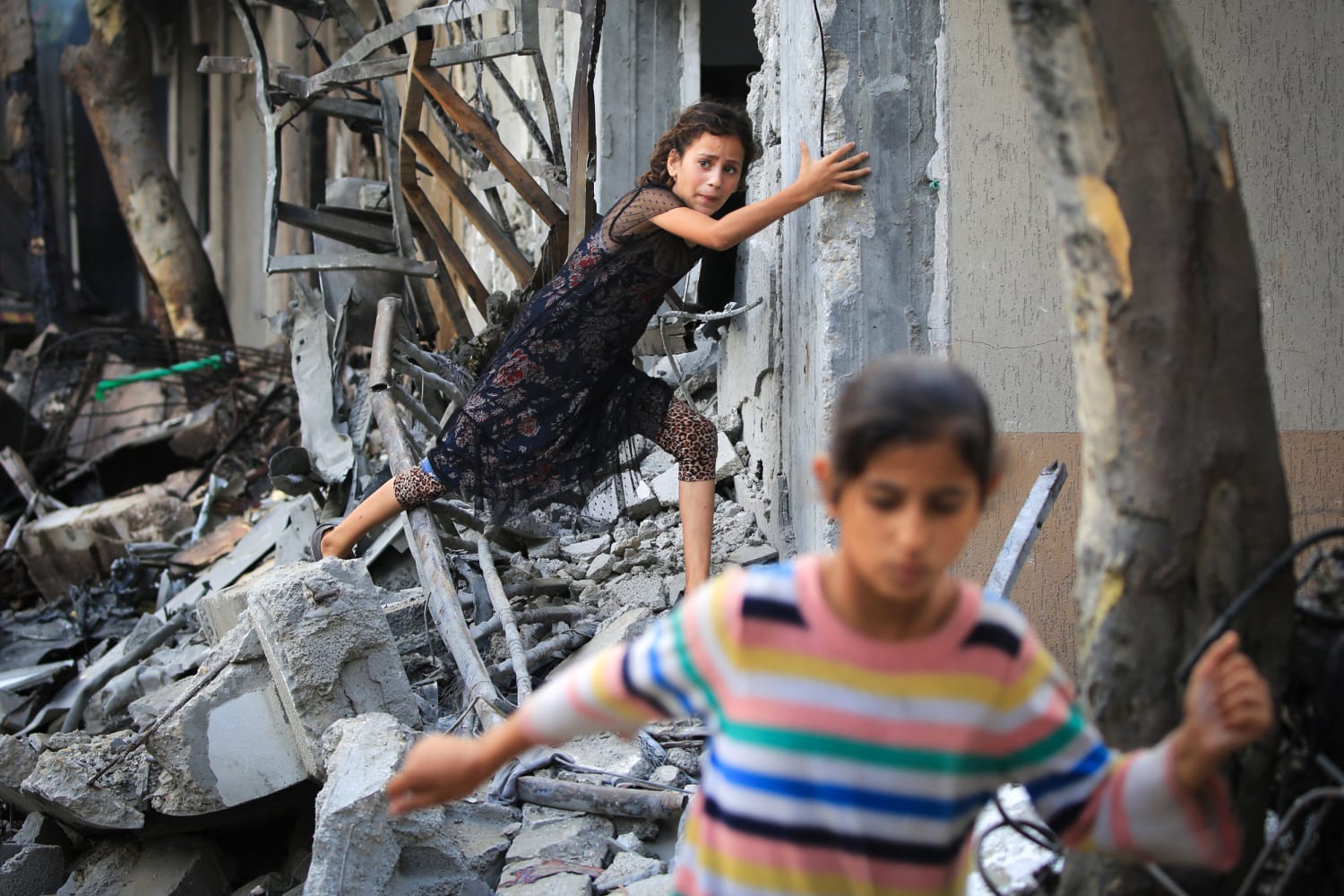The United Nations Security Council passed a U.S.-drafted cease-fire deal aimed at halting eight months of bloody fighting between Israel and Hamas in Gaza.
The draft of the resolution, which President Joe Biden approved, was finalized Sunday after almost a week of negotiations among members of the 15-member council.
For it to pass, the resolution needed at least nine votes in favor and no vetoes by the countries that have the power to send any cease-fire proposal back to the drawing board — the U.S., France, Britain, China or Russia.
China made no move to block it and Russia abstained.
In March, China and Russia vetoed a Gaza ceasefire resolution saying it would give Israel a green light to attack the city of Rafah. Prior to that, it was the U.S. that vetoed three draft resolutions, two of which would have demanded an immediate cease-fire.
Biden announced on May 31 that Israel had proposed a three-part plan that would ultimately lead to a permanent cease-fire in Gaza, as well as the release of all hostages who have been held there since Oct. 7, when Hamas launched a bloody surprise attack on Israel.
More than 36,000 Palestinians, including thousands of women and children, have been killed since then by Israeli forces, according to Gaza health authorities.
Nate Evans, spokesperson for the U.S. mission to the U.N., said Sunday that it was important for the Security Council to put pressure on Hamas to agree to a proposal that Israel has accepted.
“Israel has accepted this proposal and the Security Council has an opportunity to speak with one voice and call on Hamas to do the same,” he said.
But there are signs that Israel may not be on board with this proposal.
The dramatic rescue of four hostages Saturday strengthened Israeli Prime Minister Benjamin Netanyahu’s determination to continue the Gaza invasion rather than agreeing to a cease-fire, a senior Biden administration official told NBC News.
Also, because so many Palestinian civilians perished as a result of the Israeli rescue raid, Hamas military leader Yahya Sinwar, who has held out against any deal with Israel despite intense pressure for a deal from Qatar and Egypt, could now take an even harder line.
And right around the time the Security Council began voting Monday, Secretary of State Antony Blinken landed in Israel to, among other things, meet with retired Gen. Benny Gantz.
Gantz, a centrist member of Israel’s war Cabinet, resigned Sunday after accusing Netanyahu of mismanaging the war and refusing to agree on what will happen to Gaza after the hostilities end.
The Biden administration had tried to persuade Gantz to stay in the government because his departure would force Netanyahu to lean more heavily on the far-right members of his coalition who oppose any cease-fire with Hamas.
Before departing, Blinken told reporters at a press conference in Cairo that it’s up to the Israelis to decide who will be in their government. But, he added, if there is no cease-fire in Gaza, three scenarios could play out — all of them bad.
“Either Israel would have to stay, which (it) says it doesn’t want to do, and we believe it must not do, and we’ll be left holding the bag in Gaza,” Blinken said.
Second, it could lead to “a major insurgency” that would continue for years, he said.
Finally, Blinken said, “in the absence of a plan, it means Hamas returns, or we have a total vacuum and you just have chaos, lawlessness, criminality, jihadist groups, etc.”
Israel says that more than 1,200 people were killed and over 250 taken hostage by Hamas on Oct. 7. More than 100 hostages are believed to remain captive in Gaza, including five Americans: Edan Alexander, Sagui Dekel-Chen, Hersh Goldberg-Polin, Omer Neutra and Keith Siegel.
#U.N #Security #Council #passes #Gaza #ceasefire #proposal #drafted #U.S,
#U.N #Security #Council #passes #Gaza #ceasefire #proposal #drafted #U.S
